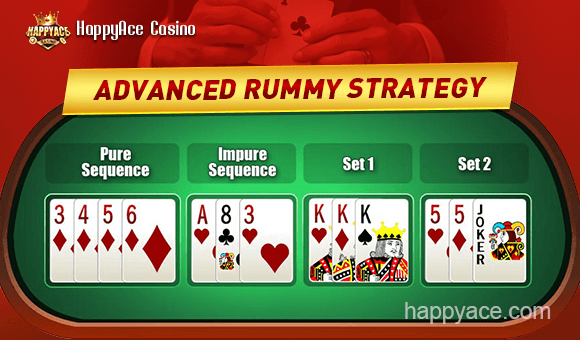
What Are Rummy Playing Cards?
Rummy playing cards are a standard deck of 52 cards, often accompanied by jokers, that are specifically used for various iterations of the rummy card game. Each player aims to form specific combinations or sequences of cards, typically involving melds, which are sets of three or more cards of the same rank or in a sequence of the same suit.
The Rich Legacy of Rummy
The origins of rummy can be traced back to an array of trick-taking and matching card games that emerged in the early 19th century. Its iterative evolution has led to numerous variations, each adding a unique twist to the gameplay. Some of the most popular forms include Gin Rummy, Indian Rummy, and Canasta, each employing its unique rules but still centered on the fundamental mechanics of rummy playing cards.
Variations of Rummy
1. Gin Rummy: This two-player variant requires players to form sets and runs before their opponent. The game emphasizes strategic play, as players must decide when to knock (end the round) and how best to manipulate their hands to deceive their opponent.
2. Indian Rummy: Typically played with two decks of cards and featuring two jokers, Indian Rummy can accommodate up to six players. The objective is to form valid sets and sequences, making this version particularly popular in India and among card game enthusiasts.
3. Rummy 500: This version can accommodate multiple players and allows for scoring based on the cards melded during the game. The goal is to reach 500 points, which introduces a layer of strategy about when to form melds and when to hold onto cards for later advantage.
4. Canasta: A complex and popular form of rummy that involves merging cards into melds, Canasta is often played in pairs. It introduces unique scoring methods and strategy due to its emphasis on both forming melds and achieving Canastas—melds of seven cards.
The Role of Rummy Playing Cards
Rummy playing cards are essential not just for the mechanics of the game but also for the social aspect it fosters. Playing rummy creates an environment of interaction, allowing players to communicate, strategize, and form connections. Whether playing in a casual setting or a competitive tournament, the excitement generated by rummy playing cards is undeniable.
Tips for Mastering Rummy
1. Understand the Rules: While all variations of rummy have a shared foundation, it is crucial to understand the specific rules of the variant you are playing.
2. Observe Your Opponents: Pay attention to what cards your opponents are picking up and discarding. This can often give you insight into their hands and strategies.
3. Plan Your Discards: Discarding cards that could help your opponents is vital. Instead, focus on releasing cards that are less likely to benefit others while holding onto those that can complete your melds.
4. Practice Patience: Rummy is both a game of skill and luck. Sometimes, waiting for the right cards is necessary to complete your strategy.
Conclusion
Rummy playing cards embody more than just a game; they represent an enduring social activity that brings people together. Whether you are a seasoned player or just starting, the charm of rummy lies in its mix of luck, strategy, and the joy of shared experiences. With the right knowledge and practice, you can master the art of rummy and enjoy countless hours of fun with friends and family. So, gather your rummy playing cards, pick a variant, and let the games begin!
In recent years, many gaming platforms have emerged, and the gaming world has gradually become richer. If you want to experience rummy games, HappyAce Casino App is waiting for you!











